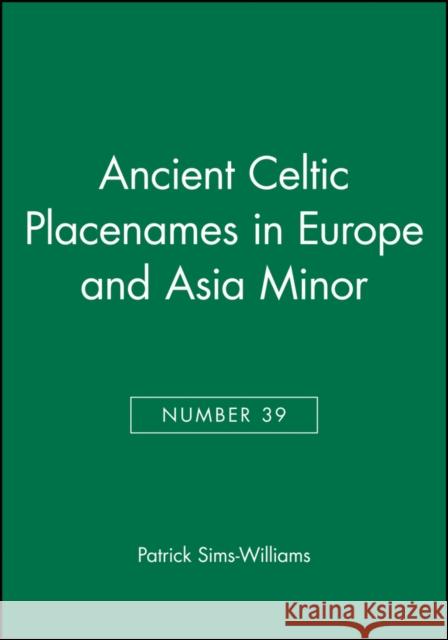Ancient Celtic Placenames in Europe and Asia Minor, Number 39 » książka
topmenu
Ancient Celtic Placenames in Europe and Asia Minor, Number 39
ISBN-13: 9781405145701 / Angielski / Miękka / 2006 / 424 str.
An original study revealing the history of place-names from Ireland to Anatolia, from Scotland to the Apennines, and from to Andalusia the Black Seas.
- Includes numerous original maps and uncovers new methodology for linguistic geography
- Uses a dataset of over 20,000 names recorded by Greek and Latin authors such as Polybius, Caesar and Tacitus and by early geographers such as Strabo, Pliny, Ptolemy and the Ravenna Cosmographer
- A significant work for archaeologists, historians and philologists studying the early distribution of Celtic and other Indo-European languages











